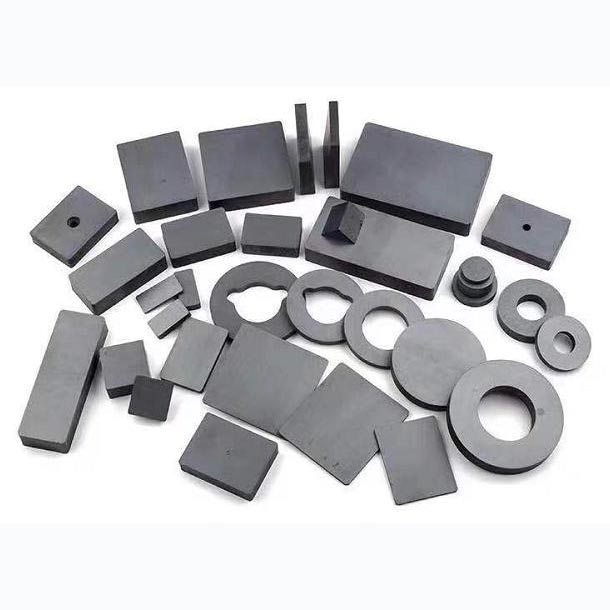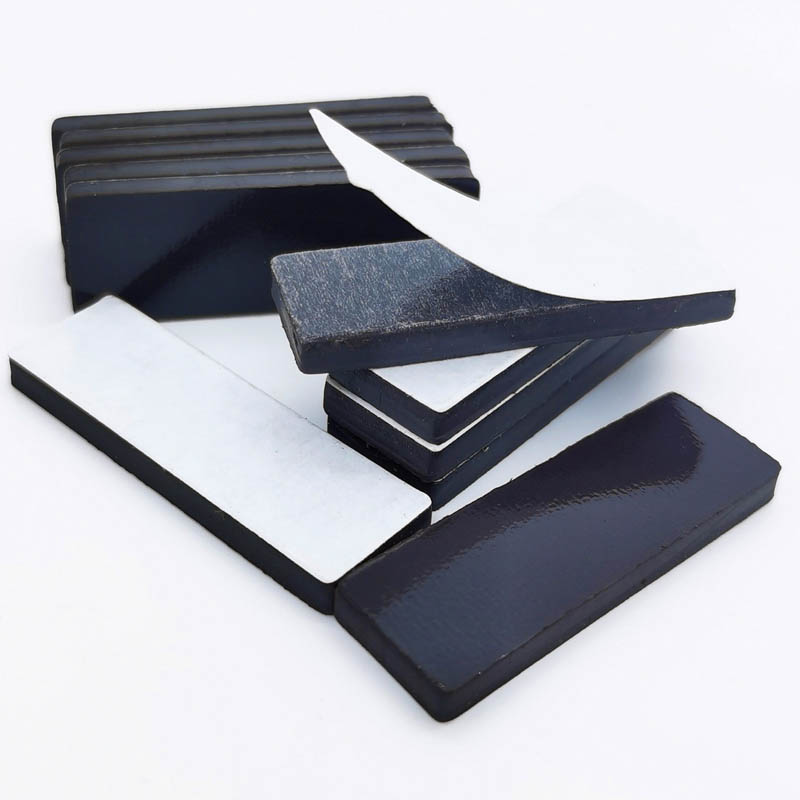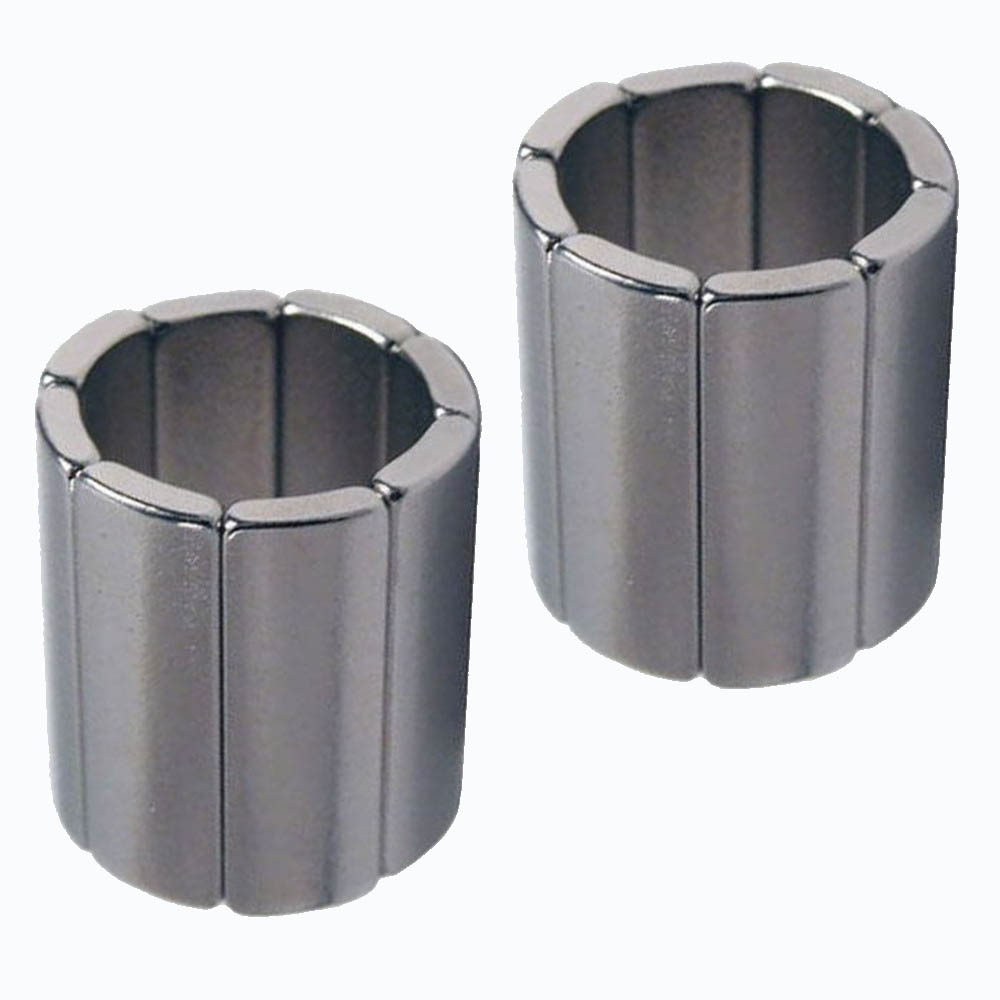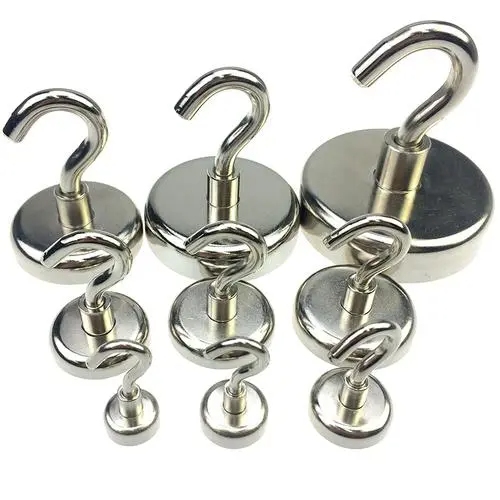1. What are the typical applications of Flexible Magnetic Strips?
Flexible Magnetic Strips, as the name suggests, are versatile products with a wide range of applications across different industries. In home settings, they are ideal for sealing doors and windows to enhance energy efficiency and reduce noise. For industrial use, these strips are employed in machinery, equipment enclosures, and conveyor systems to secure and isolate components. The automotive industry utilizes them for door seals, trim components, and vibration dampening. Additionally, they are valuable in retail and display environments for signage, display boards, and shelving systems, allowing for easy adjustments and secure attachment. In construction projects, they help in sealing gaps and providing secure, flexible joints. Their adaptability makes them a preferred choice for various sealing, isolation, and fixation needs.

2. What materials are Flexible Magnetic Strips composed of?
These strips are crafted from a combination of premium rubber and high-strength magnetic materials. The rubber used is of high quality, ensuring flexibility and durability. The magnetic material integrated within provides strong adhesion to metal surfaces, making the strips reliable for their intended applications. This combination of materials allows the strips to maintain their performance over time, even in challenging environmental conditions.
3. Can Flexible Magnetic Strips be customized in size or shape?
Yes, one of the significant advantages of Flexible Magnetic Strips is their customizability. They can be easily cut to the desired length and shape to suit specific application requirements. This feature is particularly beneficial for procurement purposes, as it allows businesses to obtain strips that perfectly fit their unique needs without unnecessary waste or additional modification costs. Whether you need a specific length for a door seal or a particular shape for a display board, these strips offer the flexibility to accommodate various customization demands.
4. How easy is the installation process for Flexible Magnetic Strips?
The installation of Flexible Magnetic Strips is designed to be straightforward and hassle-free. Typically, you just need to clean the surface where the strip will be applied, peel off any backing if applicable, and press the strip into place. No additional tools or adhesives are usually required, making the installation process quick and efficient. This ease of installation is a crucial factor for procurement decisions, as it reduces labor costs and installation time, contributing to overall cost-effectiveness.
5. What is the durability and weather resistance of Flexible Magnetic Strips?
Flexible Magnetic Strips are built to last. They are resistant to wear and tear, ensuring consistent performance over an extended period. Moreover, they are designed to withstand various environmental conditions, including temperature fluctuations, moisture, and exposure to different weather elements. This weather resistance makes them suitable for both indoor and outdoor applications, providing reliable performance regardless of the surrounding conditions. For procurement purposes, this durability translates to long-term value and reduced replacement frequency, ultimately saving costs in the long run.
6. Are there any specific considerations when procuring Flexible Magnetic Strips?
When procuring Flexible Magnetic Strips, several factors should be considered to ensure optimal performance and suitability for your specific application. First, assess the required strength of magnetism based on the intended use. Different applications may demand varying levels of adhesion. Second, consider the flexibility and adaptability of the strips to different surfaces, especially if they will be applied to irregular or curved surfaces. Third, evaluate the environmental conditions the strips will be exposed to, as this impacts their durability and longevity. Lastly, think about customization needs, such as specific lengths or shapes, to minimize additional processing costs. By carefully considering these factors, you can make a well-informed procurement decision that meets your operational requirements effectively.




 English
English








